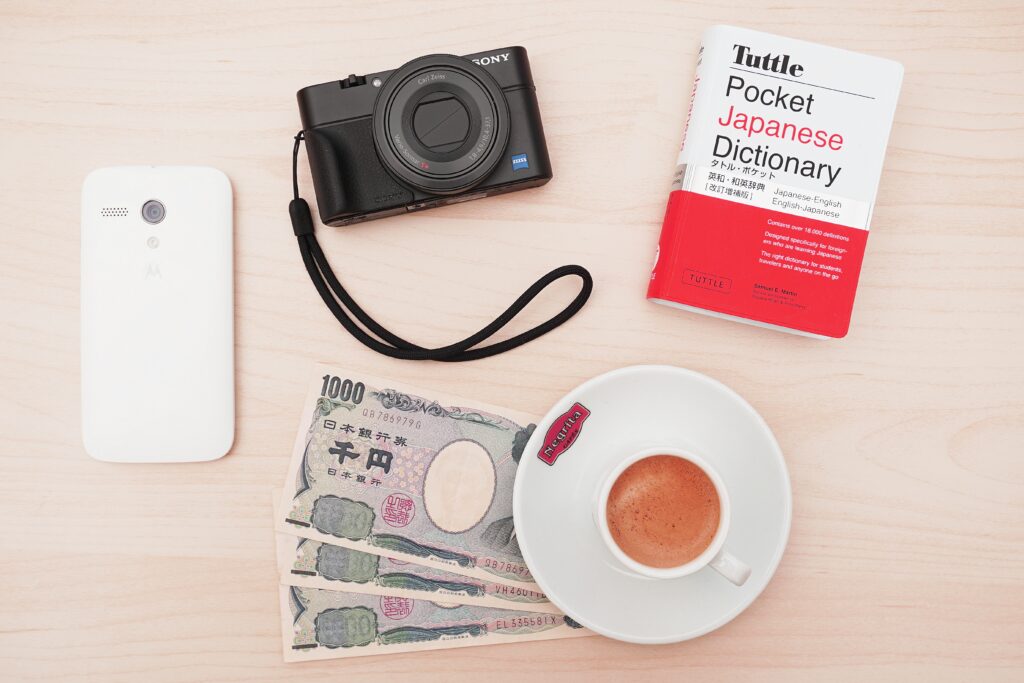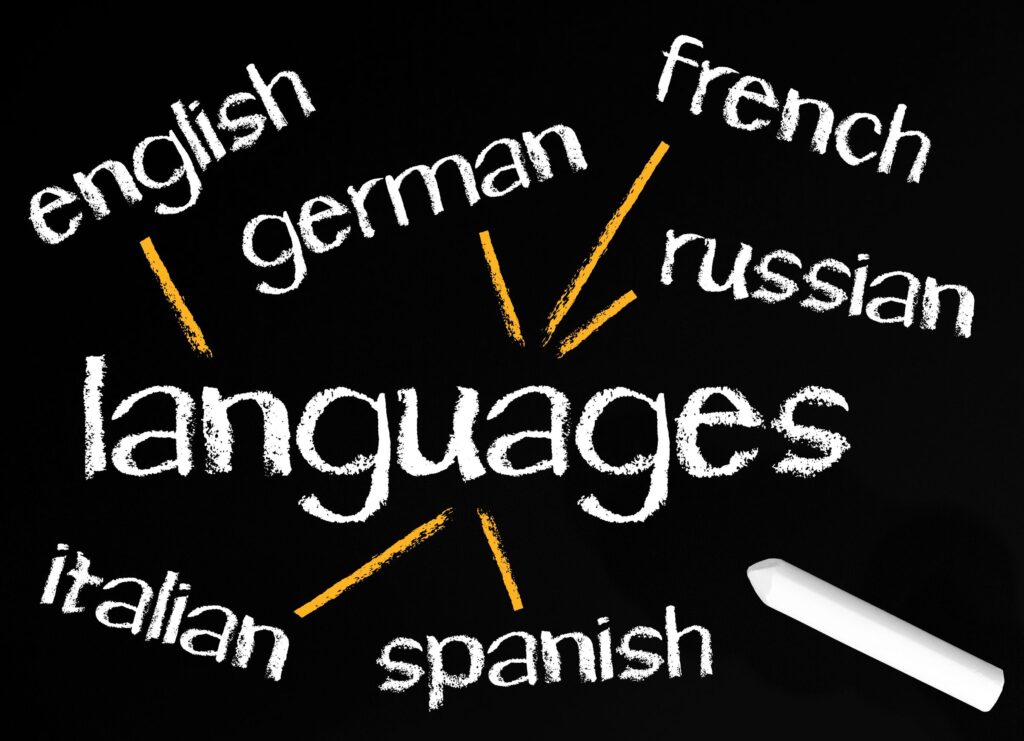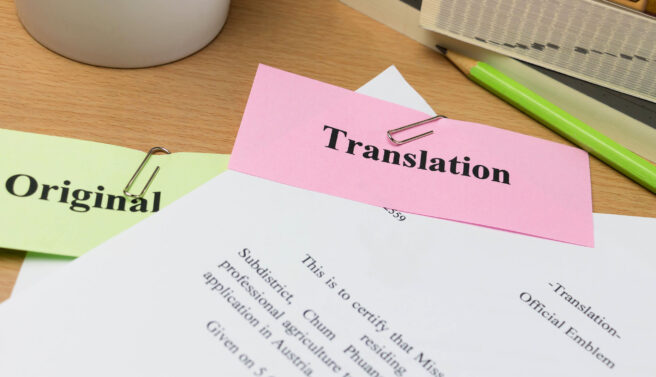Since 1966, Americans have been celebrating Kwanzaa, a 7-day holiday to celebrate African-American heritage. The annual festival starts on the 26th of December and ends on the 1st of January. California State University Long Beach professor, Dr. Maulana Karenga, who teaches Africana Studies, established the event as a means for African-Americans to remember their heritage and promote unity. He wanted the African-Americans to have a holiday they can call their own without any ties to religion and politics.
Today Kwanzaa is celebrated in other countries such as the Caribbean and other places with large communities of people of African descent.
Origin of the Name Kwanzaa
Kwanzaa was based on a phrase from the Swahili language, “matunda ya kwanza” that translates to first fruits. Kwanza means first. But the term Kwanzaa is not a Swahili word. Dr. Karenga borrowed the Swahili term and added another ”a” to complete the set of seven children who were present in the first celebration of the festival. Africans celebrate the kwanzaa harvest festival annually, which is a combination of different customs from various cultures.
Red, black and green are the Kwanzaa colors, which are similar to the Pan-African flag’s colors. The flag is the symbol of unity among all the African people around the world. Each color represents something: black for the people, red for their blood, and green for the future and the Earth.
Just like other festivals, there are gatherings and parties. But what makes Kwanzaa unique are the traditions (principles) and symbols that African-Americans observe. And each day of the celebration depicts one of the holiday’s principles.
There are so many exciting facts about Kwanzaa, as you can see below. While it is a joyful event for African-Americans, the holiday teaches you many life lessons about honoring your origin, culture and ancestry, rekindling the bonds of family and community, and reminding everyone to love one another and help the needy and less fortunate.
Seven Kwanzaa Traditions
Kwanzaa lasts for seven days, and each day celebrates one principle, as follows:
Day 1 – Umoja (unity)
Day 2 – Kujichagulia (self-determination)
Day 3 – Ujima (group responsibility)
Day 4 – Ujamaa (cooperative trade)
Day 5 – Nia (intention)
Day 6 – Kuumba (creativity)
Day 7 – Imani (faith)
Umoja remembers the togetherness of family, friends and the African communities around the world. Kujichagulia celebrates the ability for self-expression, creativity and definition. The third principle, ujima is about communal consensus building and problem-solving. On the other hand, the fourth principle, ujamaa, focuses on the community through sharing the wealth and distributing the work without exploiting anyone.
Nia or intention means to renew the commitment to upholding the heritage and history of the black people and working to ensure that the black culture gains prominence. Creativity or kumba, which is observed on the sixth day, looks into the obligation to ensure the prosperity of the community for later generations. On the seventh day is the commemoration of imani, which reminds people to remain positive and believe in the power and capability of the individual and the entire community.
Kwanzaa has an evening candle-lighting ceremony similar to Hanukkah. People gather to discuss the particular principle of the day, what the principle means to each person, and how they put the principle into practice. The evening may include an activity that is related to the principle.
Seven Kwanzaa Symbols
Aside from the seven principles or traditions, Kwanzaa also has seven holiday symbols, namely crops (fruits, nuts, and vegetables), gifts, ears of corn, and straw mat. Moreover, there are seven candles colored black, green and red on a kinara (candleholder) and community cup.
The celebration on the last day of the year is usually grand, with a community feast or karamu, where African-American families are joining the celebration. Some of them wear traditional clothes. There could be traditional African drums, dances, songs, poetry reading, and storytelling. Typically, the feast consists of traditional African dishes.
Let’s discuss the meaning of each Kwanzaa symbol.
- Thecrops or mazao, include nuts, vegetables and fruits. Mazao, which is the basis of Kwanzaa, acts as the historical origin of the holiday and a symbol of work. It bonds families who work together, renewing their commitment to being responsible for one another.
- Placemat or mkekais typically fashioned from Kente cloth or straw that comes from Africa. The crops and other items associated with the celebration of Kwanzaa are displayed on the placemat. It symbolizes African tradition, culture and history.
- The ear (stalk) of corn, called vibunziis the symbol for fertility, and represents the children, who are going to be the community’s hope for the future. Each family unit places one ear of corn for each child in the family on the mkeka. A childless couple places two ears of corn (called mihindi) on the mat, for Africans believe that raising a child is a community affair.
- The seven candlesare called mishumaa saba and they serve two purposes – to symbolize the power of the sun, and to deliver light. There is an order to the positioning and lighting of the candle. Put the black candle on the middle of the candleholder. Facing the candleholder, you place the three red candles on the left and the three green candles on the right.
On the first night, light the black candle. Alternate the lighting of the red and green candles each day, starting with the inner red candle (next to the black one) on the second day. The inner green candle is lit on the third day and so on. The outermost green candle is the last one to light on the first of January or the seventh day of the Kwanzaa.
- The candleholderor the kinara symbolizes the ancestry of the African people. It can be in different shape or material. The candleholder can be spiral, semicircle or straight, with distinct and separate slots for each candle. Many people fashion their kinara from metal, wood or tree branches.
- The unity cupor kikombe cha umoja is for the tambiko or libation ritual on the sixth day of the festival. Wine, juice or water is poured into the unity cup and passed to each family member and guests. Each one takes a sip as a symbol of unity. The last one to take the unity cup in the eldest person in the gathering. He pours the content of the cup in the four directions of the wind to give honor to their ancestors. The elder asks their dearly departed to share in their celebration and requests them to bless everyone who was not able to come. The participants say ”amen” after the blessing and pouring the rest of the content on the ground.
- The giftsor zawadi are given on the seventh day of Kwanzaa. Each individual especially makes many of the gifts, and thus, are more meaningful. The gifts are meant to encourage creativity and self-determination. A person who accepts a zawadi is obliged to fulfill the meaning of the gift.
Call us for High Quality Swahili Translation Services
Ensure that you are getting accurate Swahili translations by trusting eTranslation Services. Our native-speaking translators are located in-country and can translate your translation project into Swahili and more than 100 other languages. They have linguistic and subject matter expertise and can help you adapt your translation to local preferences. Please send us an email via [email protected] or give us a call at (800) 882-6058 for all your translation needs.
Image Copyright: photo by Christopher Myers [Public domain], via Wikimedia Commons



